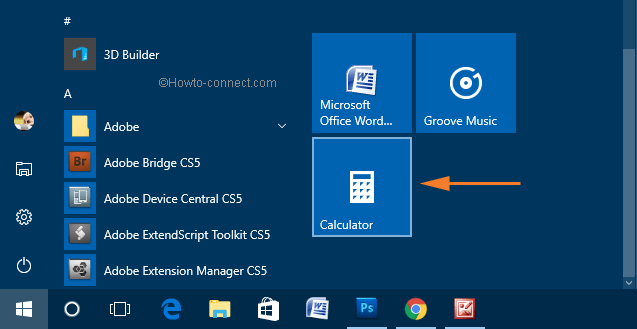

- Windows icon resize themselves how to#
- Windows icon resize themselves windows 10#
- Windows icon resize themselves windows#
Enter a single value to set uniform padding on all sides.
Hold ⌘ Command for Mac, or Control for Windows, and click into any padding box. Four fields will appear for top, right, bottom, and left padding You can still set uniform padding or independent padding. In the right sidebar, the padding controls are separated into vertical and horizontal padding by default, where vertical includes the top and bottom padding and horizontal includes left and right. Hold ⌥ Option ⇧ Shift or Alt ⇧ Shift while dragging handles to change padding uniformly, on all sides. Hold ⌥ Option or Alt while dragging handles to change padding for opposite sides. Hold ⇧ Shift while dragging handles to increase and decrease using big nudge values. Or, click and drag the handle to change the spacing. Hold ⌥ Option ⇧ Shift or Alt ⇧ Shift then click the padding area to change padding uniformly, on all sides. Hold ⌥ Option or Alt then click the padding area to input padding value for opposite sides. Pink handles will appear, similar to those in smart selection. To use canvas controls, select the auto layout frame and hover over it on the canvas. You can set padding uniformly, vertically and horizontally, or have different values for top, right, bottom, and left padding.Īdjust the padding using canvas controls or spacing fields in the right sidebar. Padding controls the empty or white space between the boundary of an auto layout frame and the frame’s child objects. To use the spacing fields in the Auto layout section of the right sidebar:Įnter a number in the field, nudge the values using your arrow keys, or scrub the field using your cursor. Tip! Hold ⇧ Shift while dragging handles to increase and decrease using your big nudge values. Or, click and drag the handle to change the spacing. Click the handle to open an input field and enter a numeric value. To use canvas controls, select and hover over the auto layout frame. In the example below, we've nested a horizontal auto layout frame within a vertical auto layout frame to create a card with a title, description, and showtimes.Īdjust the spacing between items using canvas controls or spacing fields in the right sidebar. To build designs that use both directions, you will need to combine or nest auto layout frames. For example: a row of buttons, or icons in a mobile navigation menu.įigma currently supports only one direction at a time, horizontal or vertical. Choose horizontal to add, remove, and reorder objects along the x axis. For example: objects within a list, or posts within a newsfeed or timeline. Choose vertical to add, remove, and reorder objects along the y axis. 🚫 Use Smart selection on any objects within the frameĭirection describes the way the auto layout frame will flow. 🚫 Apply Constraints to any objects within an auto layout frame, unless the object has absolute position enabled. You can't do the following to auto layout frames: When you apply auto layout, you'll see some changes in the right sidebar. Windows icon resize themselves how to#
You can follow our guide on how to fix missing desktop icons here if that’s the case.Explore the auto layout playground file in the Figma Community →įrames with auto layout have different properties to regular frames. If you find that some of your desktop icons are still broken or missing, it’s probably the thumbnail cache rather than them being hidden. Now you may want to follow our tutorial on how to change desktop icon size to further meet your preferences.
Windows icon resize themselves windows#
You know how to hide desktop icons in Windows 10, show them again, and customize your desktop to have only the shortcuts you want.
Untick “Hidden” in the General tab and press “OK”. Right-click a hidden icon and select “Properties”. Press “OK” to show your hidden icons greyed out on your desktop. Open the “View” tab of Folder options and tick “Show hidden files, folders, and drives”. 
Open the “View” tab in File Explorer and click “Options” in the ribbon.
Windows icon resize themselves windows 10#
If you want to get your previously hidden Windows 10 desktop icons back, you can do so by following the steps below:






 0 kommentar(er)
0 kommentar(er)
